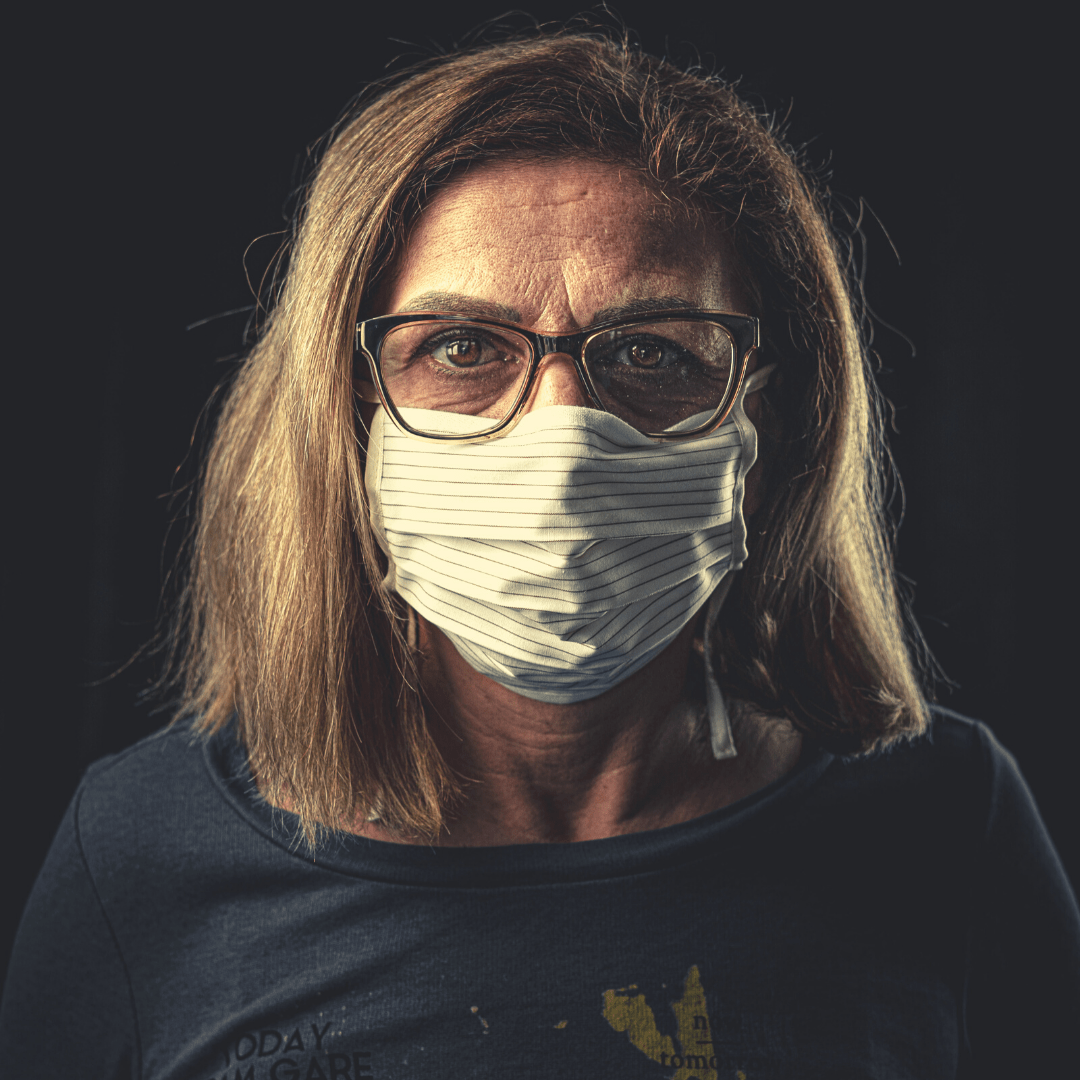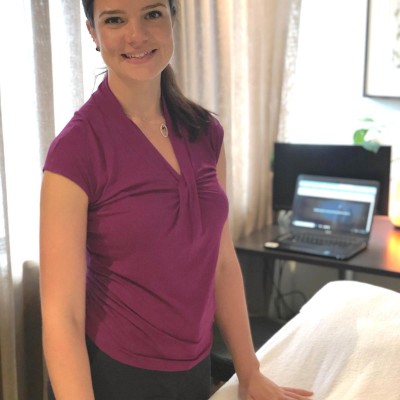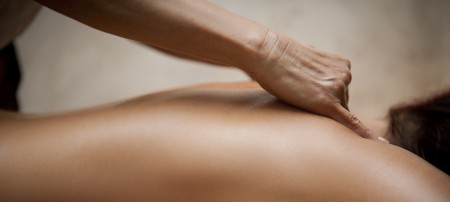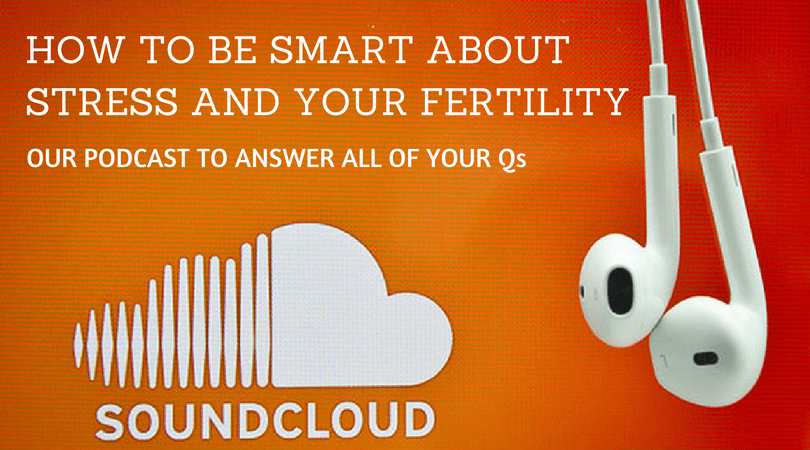
Do you feel comfortable mask breathing?
Do you feel fear about wearing a facial mask?
Do you find it claustrophobic?
Do you find it anxiety producing?
Are you wearing it properly or are you treating it like a piece of face jewellery (only wearing over the mouth with your nose out, or putting it on the top of your head or chin because it feels irritating?)
So many things to consider. Read on to find answers and helpful solutions to all of these things.
Why is mask breathing so hard?
Mask wearing and mask breathing is really hard. Why? Much of it is to do with carbon dioxide which, when understood and used to your advantage, can actually be used to improve your health rather than hinder it. In fact it can be part of the solution to many health issues beyond respiratory protection. But first let’s address the respiratory aspect.
At first mask breathing can make us feel anxious. That’s because
- When we first start breathing more carbon dioxide (incremental amounts from our out-breath) we experience a sensation of air hunger. If your body is not trained to accommodate (and benefit from) this experience (like altitude climbers and free divers) it can be really confronting.
- When we find it hard to breathe behind a mask we often open our mouths, which ends up contributing to a state of sympathetic dominance in our system (fight or flight) = anxiety producing.
Adapting to this new way of mask breathing can be daunting, especially for those of us who have suffered anxiety or stress around breathing, claustrophobia or air constriction in the past. Whacking a mask straight onto our faces might be really intense, let alone dealing with the sensation of mild air hunger.
Finding a solution – Buteyko Therapy
Buteyko Therapy was originally developed in the 1950s to treat asthma, however (thankfully) the Buteyko breathing exercises and principles can be applied across a variety of conditions (many of which are top of mind globally now) AND they can be easily applied to support healthy and comfortable mask breathing.
These exercises provide a powerful tool that you can use to relieve stress and anxiety within minutes, to prompt nasal decongestion, support healthy respiration and respiratory recovery, healthy digestion, pave the way to restorative sleep and support general body-wide repair.
It seems crazy that these incredible little lungs that we grew all by ourselves, when used correctly, support such profound health. And yet not so crazy, when you think about it…
- We can go weeks without eating.
- We can go days without drinking.
- We can go minutes without breathing.
So that’s pretty sobering.
It is my mission to teach you how to use Buteyko to your advantage, with urgency. Simply. Daily. Easily. Powerfully. Alongside your mask. Let’s begin.
What conditions can Buteyko Therapy help to address?
There are too many to list, so I’ll list the ones that are most relevant at this moment in time.
- Respiratory decongestion (hayfever, colds, flu, rhinitis, sinusitis)
- Asthma
- Anxiety & stress
- Panic & overwhelm
- Sleep issues (insomnia, sleep apnoea, snoring)
- Digestive issues
How does Buteyko Therapy work?
A basic explanation of the way Buteyko Therapy works is to say that it retrains your respiratory centre in your brain to accept more appropriate levels of carbon dioxide in your system. This is done through a series of gentle introductions to the sensation of air hunger to gradually nudge your brain’s tolerance towards a more optimal state.
“Purposely expose myself to air hunger? Why on earth would I do that?” I hear you saying. Fair enough. Let’s find out why.
A gradual sensation of air hunger (in controlled Buteyko Therapy setting) prompts incremental advances in carbon dioxide tolerance. This is an important balance to get right, because carbon dioxide:
- Plays an important role in helping your blood to release oxygen into your tissues (for the keen science analysts out there check out the Bohr Effect)
- Prompts activation of your parasympathetic nervous system (your rest, digest, repair state)
- Contributes to decreasing your brain excitability (hello calmer brain)
- Helps to relax your smooth muscles (which equals greater general relaxation, better sleep, better digestion and release of tension throughout your body)
Now that’s not all. Buteyko Therapy also works to increase the natural nitric oxide production in your nasal cavity, which you then breathe down into your beautiful lungs (via nose breathing). Why is nitric oxide helpful?
Nitric oxide gas
- is antiviral and antibacterial (yay)
- is a natural bronchodilator (opens the lungs)
- acts in the respiratory passages and lungs in an anti-inflammatory way (so you can see the link to decongestion)
- helps to move you into your parasympathetic state (again – your rest, repair and digest state)
Support comfortable mask breathing with Buteyko
There are many Buteyko principles and exercises that you can use to supercharge your health. For simplicity, start with the following:
- Always nose breathe ONLY, even with your mask on – do NOT mouth breathe unless you have to talk or have physical nasal obstruction (snot, unless so dense that you cannot possibly take a breath through a tiny part of your nostrils, is not counted as a physical obstruction).
- If you must mouth breathe (when talking) ensure it is smooth, gentle and not audible. If audible, shut your mouth and nose breathe for a time until your nervous system calms down and then resume talking, calmly.
- Wear your mask for short periods at first (15-20 minutes) and slowly work up to wearing it for longer periods so as not to shock your system.
- Do daily Buteyko meditations to start to retrain your body towards healthier respiration (grab the free Buteyko Starter Pack that I’ve built for you).
- Learn how to wear your mask properly (as decreed by the WHO).
By the way, when you begin nose breathing consistently you’ll notice that your nose starts to decongest. Some people can experience post-nasal drip or the need to blow the nose more. This should not last more than a few days and doing an increased number of buteyko exercises daily will generally help you move through it more quickly.
Interesting and wonderful facts to perk up your day
- Nitric oxide is antiviral and antibacterial and it is enhanced in the body via nose breathing – yay! Nose breathing is so easy and simple, we can all do it!
- Use your nose to breathe in order to reduce the viral load AND to reduce the potential transmission of water particles into the atmosphere (if infected) – there is a 42% greater water* loss from breathing out through the MOUTH than the NOSE – and when something is transmitted via water particles this would feel like common sense to convert to total nose breathing, don’t you think? So get on board and (with love) shut your mouth – for all our sakes.
- Always nose breathe, as much as possible, even during exercise. Gauge your exercise intensity by your ability to nose breathe. You can enhance your ability to nose breathe while exercising by simply smiling (with your mouth closed). Smiling widens your nostrils. Plus you get wonderful responses from people passing you. Remember not to wear your mask while exercising (WHO recommendation) – simply stay 1.5 meters away from anyone and close your mouth.
So let’s all nose breathe and let our smiles be the thing that is contagious. Connection and protection all in one foul nasal swoop. High facial fives. It’s almost like we’re designed to be happy and healthy…😉
The nose knows.
Written by Carly Woods
Buteyko Practitioner & Naturopath
Download Carly’s free Buteyko Starter Pack – 3 Buteyko embedded deeply restorative meditations complete with comprehensive instructions for duration, frequency of use, and benefits to your body. You will learn which part of your face to breathe with and why, you will be guided through using these recordings daily to incrementally build up your brain’s carbon dioxide tolerance, to nourish your lungs and to leverage the protective power of your nose.
Are you a natural nose breather or a dirty mouth breather? Find out via this fun and informative quiz.
A special thanks and acknowledgement for all the fantastic work my trainer and global Buteyko expert, Patrick McKeown, is doing for everyone all around the world at the moment. Look up his ted talk. He is a brilliant trainer, wonderful person and incredible to listen to and learn from.
Reference













